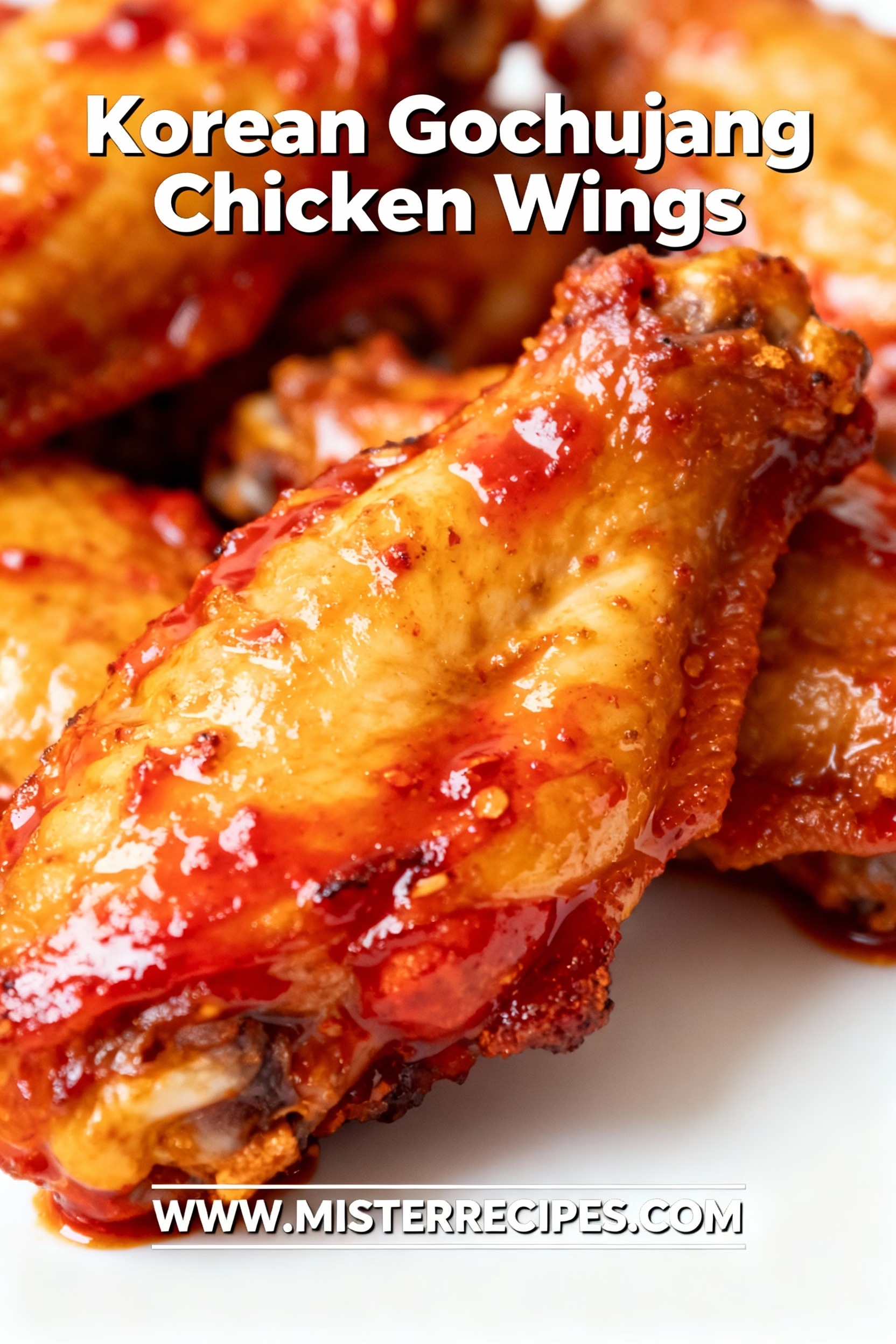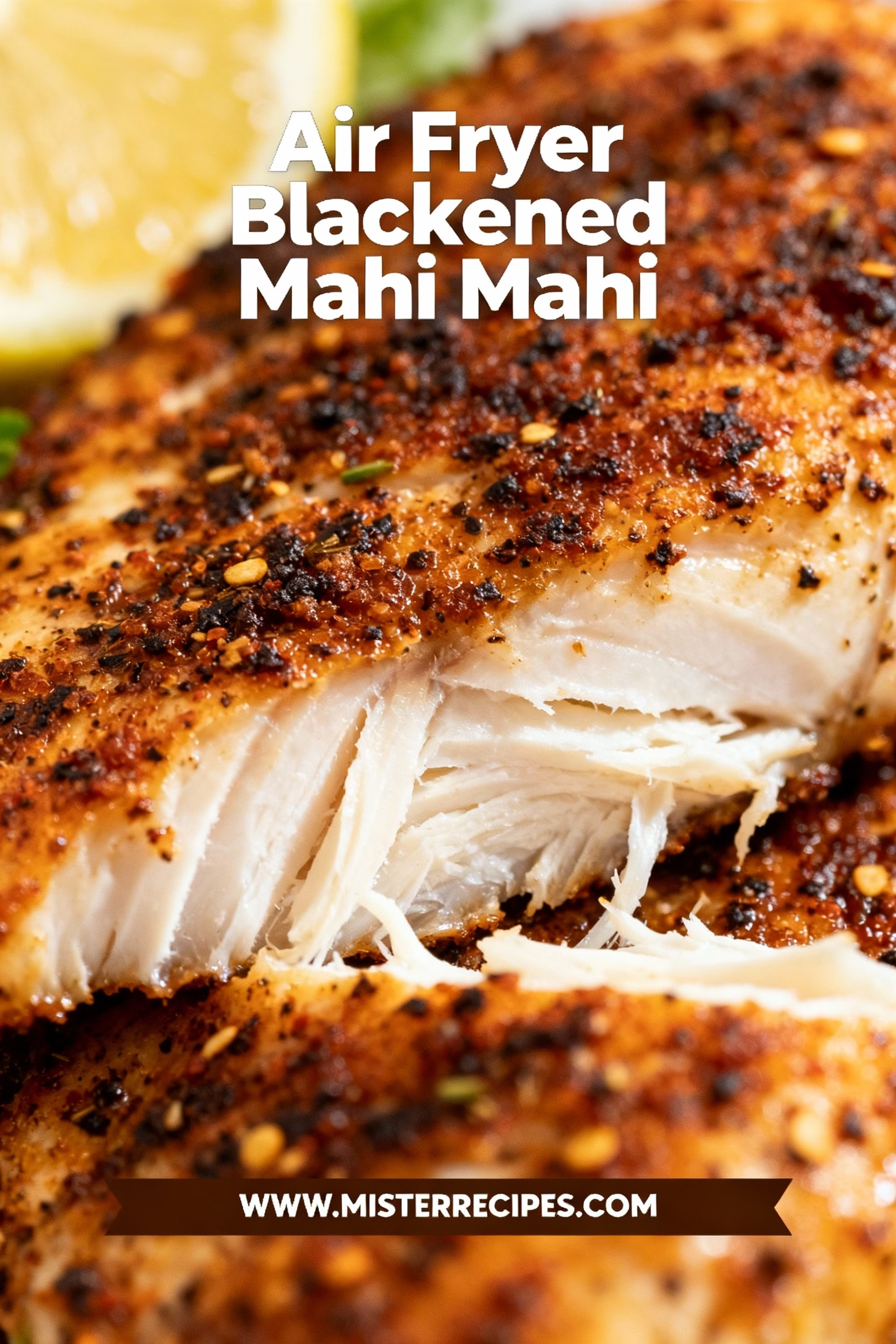Introduction
Have you ever scrolled through pictures of dazzling, jewel like pastries and wondered if those perfect French Macarons could ever come out of your own kitchen? I know I did. For years, I saw them as the pinnacle of baking, something beautiful to admire behind glass but too intimidating to try. My grandmother, who taught me that cooking is all about making people happy, always said the best food comes from a happy kitchen, not a complicated recipe. And that’s what I want to share with you today. This isn’t just a recipe; it’s a promise that you, yes you, can make stunning French Macarons at home. I still remember the first time a batch came out perfectly. The sense of victory was as sweet as the macaron itself. It wasn’t about being a professional chef; it was about the joy of creating something truly special for my family. This recipe breaks down the process, making it simple, approachable, and most importantly, fun. It’s a journey we’ll take together, turning your kitchen into a little Parisian bakery. We are going to demystify the macaron, transforming it from a distant dream into a delicious reality you can hold in your hand.
Why You’ll Love This French Macarons Recipe
There’s a special kind of magic in creating something as beautiful as it is delicious. These are more than just cookies; they’re little bites of joy that bring a sense of occasion to any day. When I first started Mister Recipes, I wanted to share recipes that create connection, and this one is a perfect example. It’s a project that my kids, Adams and Jana, love to help with, especially when it comes to picking out colors and dreaming up filling flavors. It turns an ordinary afternoon into a memorable adventure. Here’s why I think you and your family will fall in love with making these macarons.
- Surprisingly Simple Process: While they look professional, this recipe uses a straightforward method that I’ve tested and perfected. I’ll walk you through every step, from whipping the meringue to the crucial macaronage stage, ensuring you feel confident and supported. You’ll be shocked at how achievable they are.
- Endless Creativity: This recipe is a canvas for your imagination. You can customize the colors to match any celebration and create a wide variety of fillings. From classic chocolate ganache to fruity jams, the possibilities are endless. It’s a wonderful way to express your culinary creativity. For a simpler, yet equally delightful cookie experience, you might enjoy our cream cheese sugar cookies.
- The Ultimate Wow Factor: Whether you’re bringing them to a party, giving them as a gift, or simply enjoying them with a cup of coffee, these macarons always impress. They look and taste like they came from a high end bakery, and telling people you made them yourself is an incredibly proud moment.
- A Fun and Rewarding Bake: There are few things more satisfying than seeing those little “feet” form on your macarons as they bake. It’s a sign of success that will make you beam. It’s a project that teaches patience and precision in the most rewarding way. If you enjoy delicate cookies, our chocolate swirled meringue cookies are another fantastic option.
Ingredients for French Macarons
- 1 cup almond flour, finely ground
- 1 ¾ cups powdered sugar
- 3 large egg whites, at room temperature
- ¼ cup granulated sugar
- ½ teaspoon pure vanilla extract
- Pinch of cream of tartar
- Gel food coloring (optional)
For the Buttercream Filling:
- ½ cup unsalted butter, softened
- 1 ½ cups powdered sugar
- 1 teaspoon vanilla extract
- 1 tablespoon milk or cream
Substitutions: For a different filling, you can use chocolate ganache, your favorite jam, or even lemon curd. If you’re a fan of jam fillings, check out our recipe for Jam Thumbprints for more inspiration.

How to Make French Macarons
Step-by-Step Instructions
- Prepare Your Dry Ingredients: First, sift the almond flour and powdered sugar together into a large bowl. I recommend sifting them twice to ensure there are no lumps. This step is crucial for achieving that signature smooth top on your macaron shells. Discard any large bits that won’t go through the sifter.
- Make the Meringue: In a separate, impeccably clean bowl, a stand mixer fitted with the whisk attachment is best, beat the egg whites on medium speed until they become foamy. Add the pinch of cream of tartar, then gradually add the granulated sugar while continuing to beat. Increase the speed to high and beat until stiff, glossy peaks form. This means when you lift the whisk, the peak holds its shape without drooping. Beat in the vanilla extract and a drop or two of gel food coloring, if using, until just combined.
- The Macaronage: Now for the most important part, the macaronage. Gently fold the sifted almond flour mixture into the meringue in three additions. The goal is to deflate the meringue just enough so the batter flows like slow moving lava or a thick ribbon. You’ll know it’s ready when you can lift your spatula and draw a figure eight with the batter without it breaking. Be careful not to overmix!
- Pipe the Macarons: Prepare your baking sheets by lining them with parchment paper. You can even draw 1.5 inch circles on the underside as a guide. Transfer the batter to a piping bag fitted with a round tip. Hold the bag perpendicular to the baking sheet and pipe your macaron circles.
- Rest the Shells: This is a non negotiable step! Let the piped macarons rest at room temperature for 30 to 60 minutes, or until they form a skin. When you can gently touch the top without any batter sticking to your finger, they’re ready for the oven. This step helps them develop their characteristic feet.
- Bake to Perfection: Preheat your oven to 300°F (150°C). Bake the macarons for 15 to 18 minutes, rotating the pan halfway through. You’ll know they are done if the tops are firm and the cookies don’t wiggle when you gently touch them.
- Cool and Fill: Let the macarons cool completely on the baking sheet before attempting to remove them. While they cool, prepare your buttercream filling by beating the softened butter until creamy, then gradually adding the powdered sugar, vanilla, and milk until smooth. Once the shells are cool, match them up by size, pipe a small amount of filling onto one shell, and gently sandwich it with another. For another delightful sandwich cookie idea, try our homemade peanut butter cookie sandwiches.
Pro Tips & Variations
Mastering French macarons is a journey, and these tips will help you along the way. Remember, every oven is different, and every kitchen has its own humidity level, so don’t be discouraged if you need a few practice runs.
- Use a Kitchen Scale: Baking is a science, and macarons demand precision. Measuring your ingredients by weight rather than volume is the single best thing you can do to ensure consistent results.
- Age Your Egg Whites: This is a classic patisserie trick. Separate your egg whites and let them sit in a covered container in the refrigerator for at least 24 hours. This dehydrates them slightly, which helps create a more stable meringue.
- Know Your Oven: Ovens can have hot spots and temperature inaccuracies. An oven thermometer is a great investment. It helps you know the true temperature you’re baking at, which is critical for macarons. If your macarons are browning too quickly, you might need to lower your oven temp.
- Variations: Don’t be afraid to experiment! You can add a teaspoon of unsweetened cocoa powder to the dry ingredients for chocolate macarons or a bit of espresso powder for coffee flavored ones. The fillings are also a great place to play. Try a dark chocolate ganache, a tangy lemon curd, or even a salted caramel filling. For an external resource on flavor combinations, this list of macaron flavors is fantastic for inspiration. For a simpler cookie that is also a crowd pleaser, check out our magic cookie bars.
Serving Suggestions
French macarons are a treat all on their own, but they also play well with others. Turning them into a centerpiece of a dessert spread or a thoughtful gift is part of the fun. Here in the Sharif house, we love making an event out of them. A platter of colorful macarons can make any afternoon feel like a special celebration. They are perfect for birthdays, holidays, or just a weekend treat to share with loved ones. We often pair them with a pot of freshly brewed tea or a rich, dark coffee to balance their sweetness. They also make an elegant addition to a dessert table alongside other small bites like mini cheesecakes or fruit tarts. If you’re thinking about gifting them, a beautiful box tied with a ribbon makes for a very personal and impressive present. Your friends and family will be so touched to receive a homemade box of these delicate pastries.
Storage & Reheating for French Macarons
Proper storage is key to enjoying your French macarons at their best. In fact, they taste even better the day after they are made! This allows the filling to soften the inside of the shell, creating that perfect chewy texture. Store the filled macarons in an airtight container in the refrigerator for up to three days. For longer storage, you can freeze the unfilled shells in an airtight container for up to a month. When you’re ready to use them, let them thaw in the refrigerator and then fill as desired. Filled macarons can also be frozen, but their texture might change slightly upon thawing. When serving from the fridge, let them sit at room temperature for about 20 minutes to take the chill off. This ensures the filling is soft and the flavors are at their peak. Never try to reheat macarons in a microwave or oven.
FAQ about French Macarons
- Why are my macaron shells hollow? This is a common issue! It’s usually caused by an overbeaten meringue or an oven that’s too hot, causing the shells to rise too quickly and then collapse. Ensure your meringue has stiff, not dry, peaks and check your oven temperature.
- Why didn’t my macarons develop feet? The “feet” are the signature ruffled bottoms. A lack of feet often means the batter was too wet or the shells didn’t rest long enough before baking. Make sure you get the macaronage just right so the batter is not too runny, and always let the shells form a dry skin before they go in the oven.
- Can I use regular flour instead of almond flour? Unfortunately, no. French macarons are specifically made with almond flour. Its unique high fat, low moisture composition is essential for the macaron’s delicate texture. Substituting it will not yield the correct result.
Final Thoughts on French Macarons
I truly hope this guide inspires you to begin your French macaron adventure. There is nothing more rewarding than mastering this classic pastry and sharing it with the people you love. Every meal and every treat we make is an opportunity to create a memory, and these little cookies are memory makers. I would absolutely love to see your creations! Please leave a comment below to let me know how they turned out, and don’t forget to save this recipe on Pinterest so you can find it later. For more family favorite recipes that bring joy to the kitchen, be sure to subscribe to the Mister Recipes newsletter. Happy baking!

French Macarons
Equipment
- Stand Mixer
- Parchment paper
- Baking sheets
- Piping bag with round tip
- Oven Thermometer
Ingredients
Dry Ingredients
- 1 cup almond flour finely ground
- 1 ¾ cups powdered sugar
Meringue Ingredients
- 3 large egg whites at room temperature
- ¼ cup granulated sugar
- ½ teaspoon pure vanilla extract
- 1 pinch cream of tartar
- 1 drop gel food coloring optional
Buttercream Filling
- ½ cup unsalted butter softened
- 1 ½ cups powdered sugar
- 1 teaspoon vanilla extract
- 1 tablespoon milk or cream
Instructions
- Prepare Your Dry Ingredients: Sift the almond flour and powdered sugar together into a large bowl. I recommend sifting them twice to ensure there are no lumps. This step is crucial for achieving that signature smooth top on your macaron shells. Discard any large bits that won’t go through the sifter.
- Make the Meringue: In a separate, impeccably clean bowl, a stand mixer fitted with the whisk attachment is best, beat the egg whites on medium speed until they become foamy. Add the pinch of cream of tartar, then gradually add the granulated sugar while continuing to beat. Increase the speed to high and beat until stiff, glossy peaks form. This means when you lift the whisk, the peak holds its shape without drooping. Beat in the vanilla extract and a drop or two of gel food coloring, if using, until just combined.
- The Macaronage: Now for the most important part, the macaronage. Gently fold the sifted almond flour mixture into the meringue in three additions. The goal is to deflate the meringue just enough so the batter flows like slow moving lava or a thick ribbon. You’ll know it’s ready when you can lift your spatula and draw a figure eight with the batter without it breaking. Be careful not to overmix!
- Pipe the Macarons: Prepare your baking sheets by lining them with parchment paper. You can even draw 1.5 inch circles on the underside as a guide. Transfer the batter to a piping bag fitted with a round tip. Hold the bag perpendicular to the baking sheet and pipe your macaron circles.
- Rest the Shells: This is a non negotiable step! Let the piped macarons rest at room temperature for 30 to 60 minutes, or until they form a skin. When you can gently touch the top without any batter sticking to your finger, they’re ready for the oven. This step helps them develop their characteristic feet.
- Bake to Perfection: Preheat your oven to 300°F (150°C). Bake the macarons for 15 to 18 minutes, rotating the pan halfway through. You’ll know they are done if the tops are firm and the cookies don’t wiggle when you gently touch them.
- Cool and Fill: Let the macarons cool completely on the baking sheet before attempting to remove them. While they cool, prepare your buttercream filling by beating the softened butter until creamy, then gradually adding the powdered sugar, vanilla, and milk until smooth. Once the shells are cool, match them up by size, pipe a small amount of filling onto one shell, and gently sandwich it with another.




